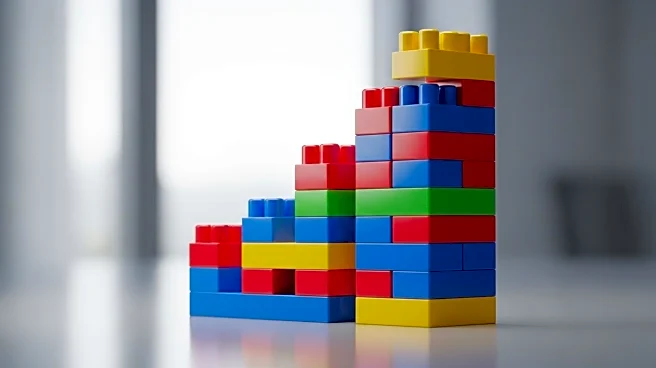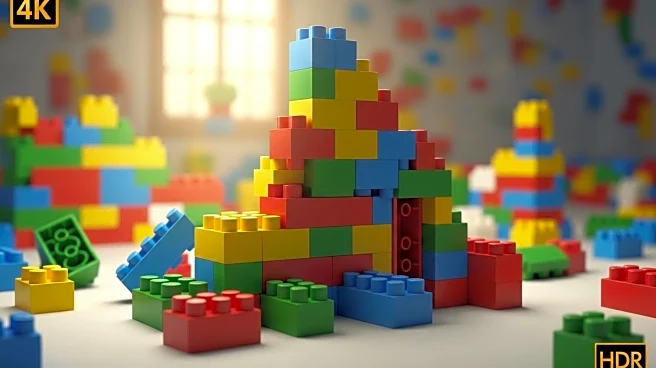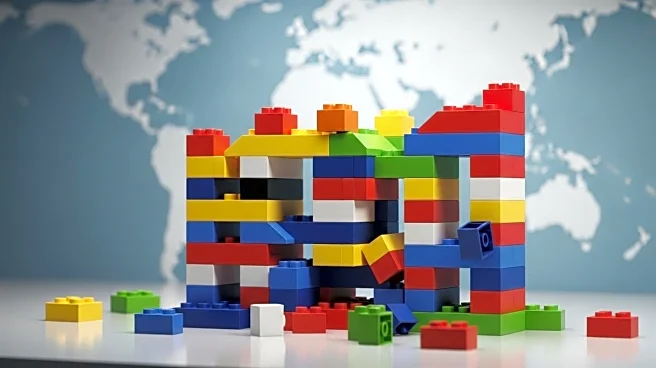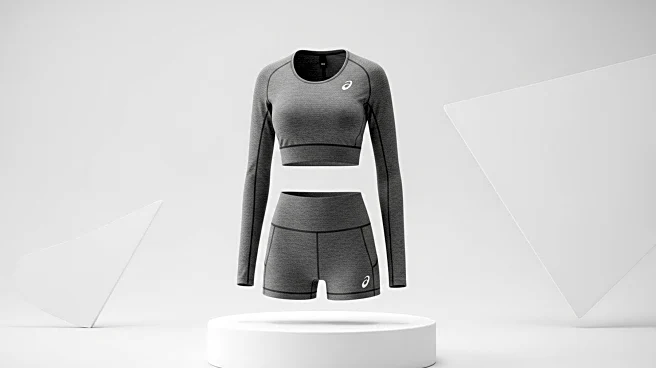What's Happening?
Lego has reported its best first half in company history, with revenue climbing 12% to 34.6 billion DKK ($5.4 billion), operating profit rising 10%, and net profit reaching 6.5 billion DKK. The company's success is attributed to its strategy of expanding its product lineup, launching 314 new sets in six months. This includes a diverse range of products catering to various cultural interests, such as botanical bouquets for adults and themed sets like Formula 1 cars and Star Wars. Lego's approach involves tapping into different fan bases and cultural trends, effectively turning its catalog into a cultural atlas that appeals to a wide audience.
Why It's Important?
Lego's strategic expansion and diversification of its product offerings have allowed it to capture a broader market and maintain its competitive edge in the toy industry. By aligning its products with cultural trends and fan communities, Lego has successfully engaged new consumer segments and strengthened its brand presence. This approach not only boosts sales but also enhances brand loyalty, as consumers find products that resonate with their interests. The company's ability to innovate and adapt to changing consumer preferences is a key factor in its continued growth and success.
What's Next?
Lego plans to continue its expansion strategy by opening new stores and increasing its physical presence globally. The company is set to open a new factory in Vietnam and a $1.5 billion site in Virginia by 2027, emphasizing the importance of physical retail spaces in its growth strategy. These stores serve as interactive spaces where consumers can engage with the brand, further solidifying Lego's market position. The company's future success will depend on its ability to maintain this momentum and continue to innovate in response to evolving consumer demands.












